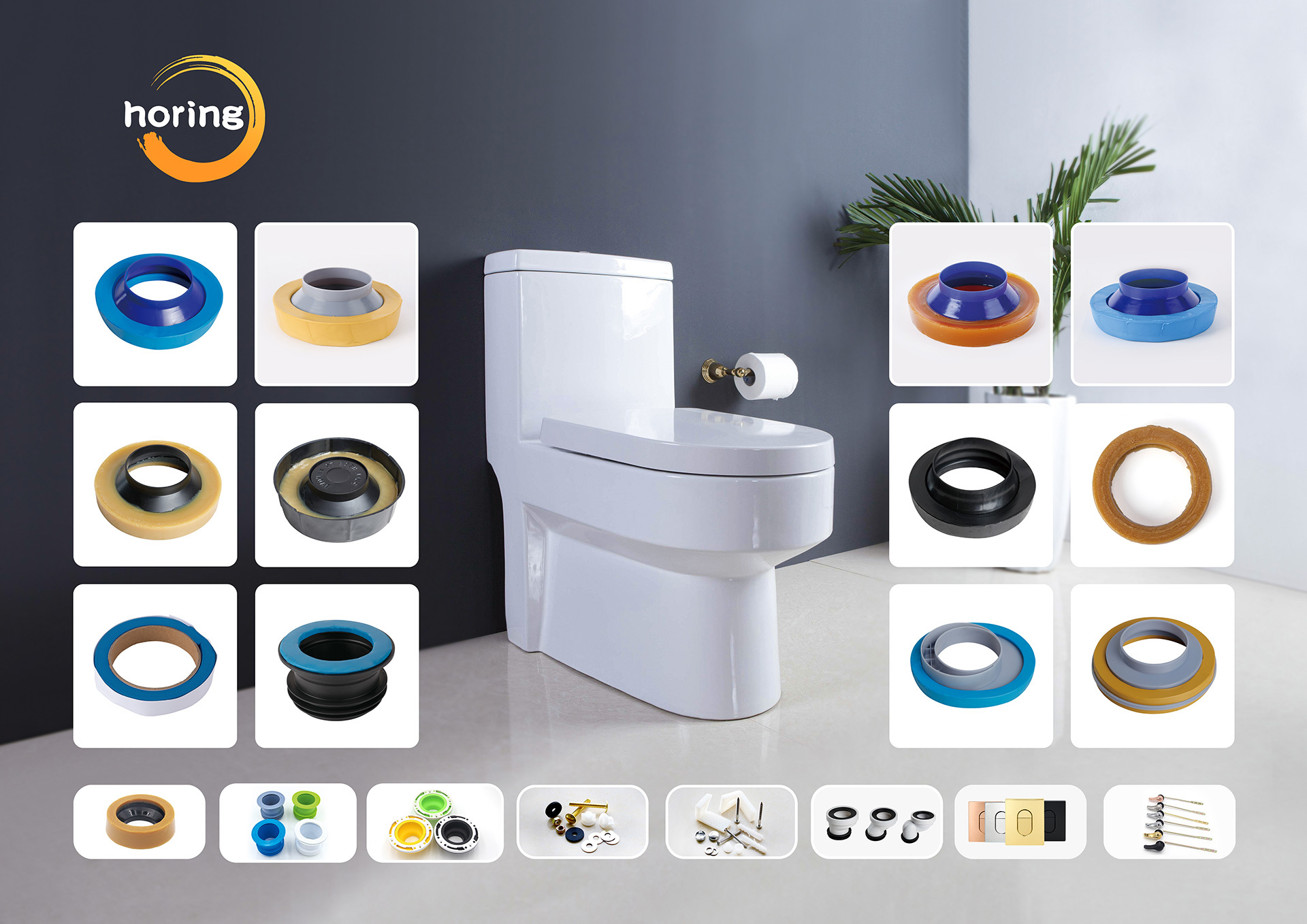Understanding Cisterns and Cistern Pipe Kits: Essential Insights for Your Building Projects
Release Time:
May 04,2025
Source:
Cisterns are essential components in modern plumbing systems, playing a crucial role in water storage and management. They are typically used in residential and commercial buildings to store water for various uses, including flushing toilets, irrigation, and potable water supply. Understanding the importance of cisterns and the associated cistern pipe kits can help you make informed decisions for your construction and decoration projects.
A cistern works by collecting and storing water, which can be sourced from different supply lines. These supply lines may come from municipal water systems, rainwater harvesting setups, or private wells. The versatility of cisterns makes them a favorable choice for various applications, especially in areas where access to a reliable water supply is limited or when seeking to optimize water usage.
Cistern pipe kits are integral to the installation and functionality of cisterns. These kits typically include various components such as pipes, fittings, valves, and connectors, which are necessary for establishing a complete water management system. When selecting a cistern pipe kit, it's important to consider the size and capacity of the cistern, as well as the specific requirements of your plumbing system.
The installation process of cisterns and cistern pipe kits is critical to ensuring long-lasting performance and efficiency. Proper installation minimizes the risk of leaks, contamination, and water wastage. Moreover, regular maintenance of the cistern and its associated components is necessary to ensure optimal functionality. This includes periodic inspections for signs of wear or damage, cleaning the cistern to prevent algal growth, and ensuring that the pipe connections are secure.
In addition to their practical benefits, cisterns can also contribute to sustainability efforts in construction projects. By utilizing rainwater harvesting systems and efficiently managing water usage, builders can reduce their environmental footprint and promote responsible water consumption. This not only provides economic advantages in the long run but also aligns with the growing trend towards eco-friendly building practices.
In conclusion, understanding the functionality of cisterns and the components involved in cistern pipe kits is vital for any building project. These systems not only enhance water management but also support sustainable practices in the construction industry. Whether you are planning a new build or renovating an existing structure, incorporating a cistern and an appropriate pipe kit can significantly improve your plumbing efficiency and water conservation efforts.
A cistern works by collecting and storing water, which can be sourced from different supply lines. These supply lines may come from municipal water systems, rainwater harvesting setups, or private wells. The versatility of cisterns makes them a favorable choice for various applications, especially in areas where access to a reliable water supply is limited or when seeking to optimize water usage.
Cistern pipe kits are integral to the installation and functionality of cisterns. These kits typically include various components such as pipes, fittings, valves, and connectors, which are necessary for establishing a complete water management system. When selecting a cistern pipe kit, it's important to consider the size and capacity of the cistern, as well as the specific requirements of your plumbing system.
The installation process of cisterns and cistern pipe kits is critical to ensuring long-lasting performance and efficiency. Proper installation minimizes the risk of leaks, contamination, and water wastage. Moreover, regular maintenance of the cistern and its associated components is necessary to ensure optimal functionality. This includes periodic inspections for signs of wear or damage, cleaning the cistern to prevent algal growth, and ensuring that the pipe connections are secure.
In addition to their practical benefits, cisterns can also contribute to sustainability efforts in construction projects. By utilizing rainwater harvesting systems and efficiently managing water usage, builders can reduce their environmental footprint and promote responsible water consumption. This not only provides economic advantages in the long run but also aligns with the growing trend towards eco-friendly building practices.
In conclusion, understanding the functionality of cisterns and the components involved in cistern pipe kits is vital for any building project. These systems not only enhance water management but also support sustainable practices in the construction industry. Whether you are planning a new build or renovating an existing structure, incorporating a cistern and an appropriate pipe kit can significantly improve your plumbing efficiency and water conservation efforts.
Related News



